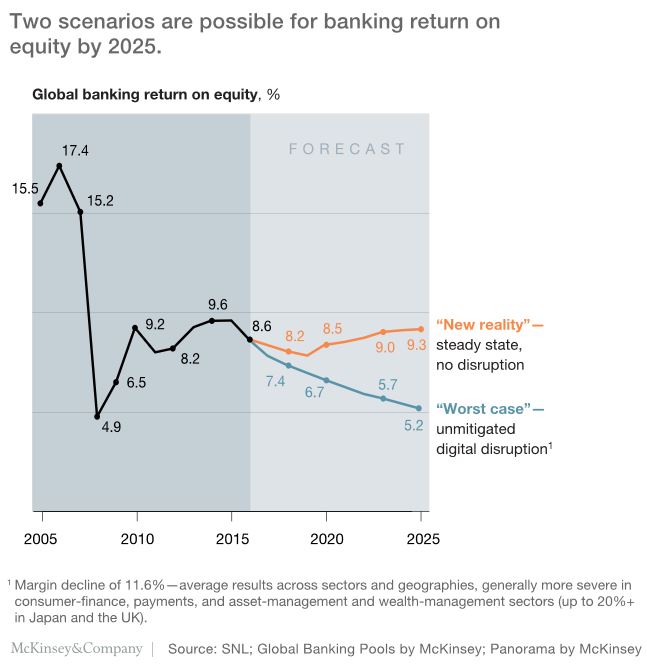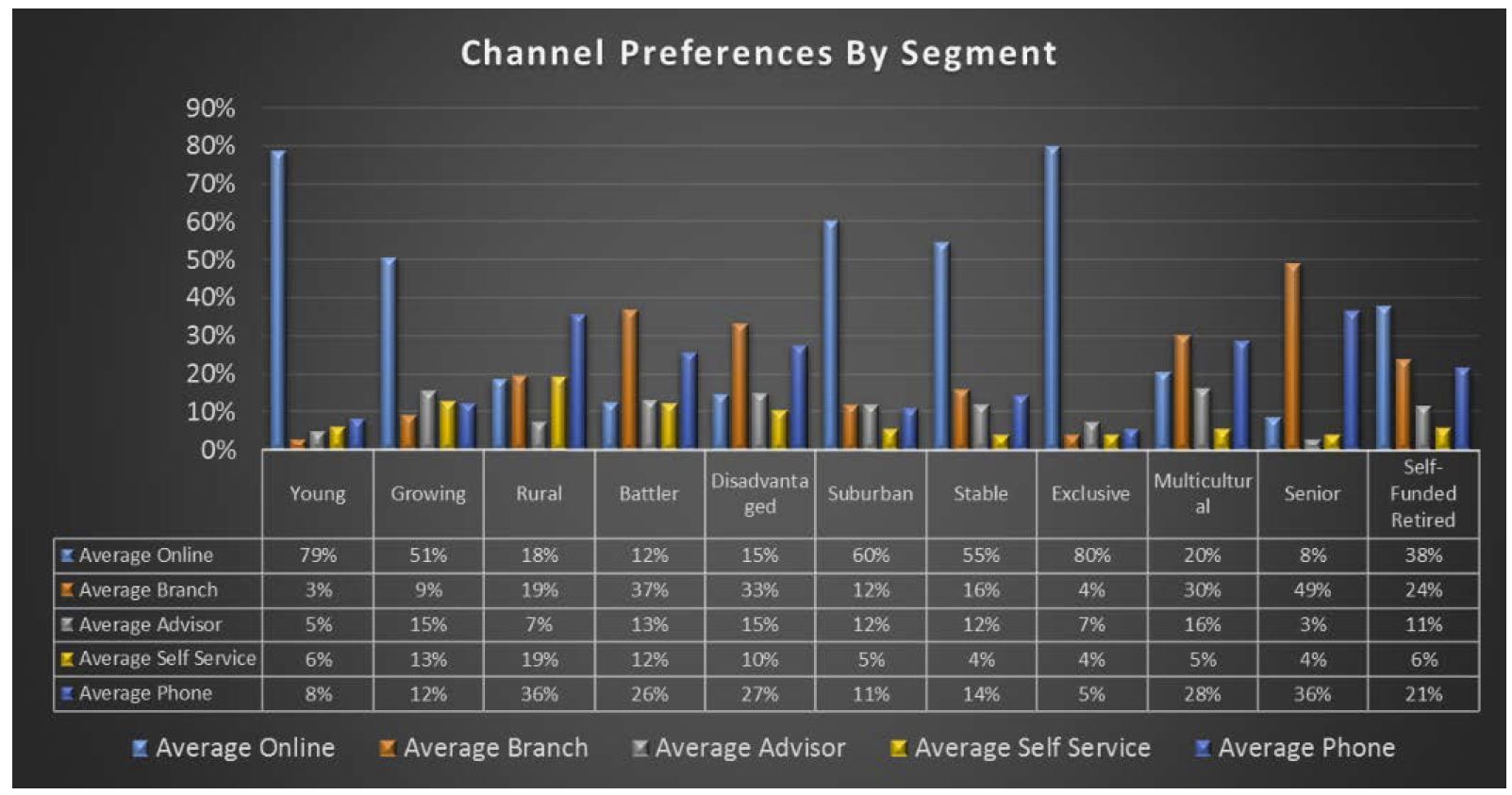The Australian Communications and Media Authority (ACMA) confirmed last Friday that TPG Internet received the infringement notice after an investigation prompted by customer complaints revealed the company’s “unsubscribe” function was not working as required in April 2017.
Customers complained that despite having hit the “unsubscribe” button after receiving electronic promotions from TPG, and withdrawing consent to receive such material, they kept getting these messages.
ACMA found TPG’s systems weren’t processing the requests properly in the month of April, meaning the company breached subsection 16(1) of the Spam Act 2003, which relates to sending messages to customers without their consent.
The Act makes it compulsory for businesses sending electronic communications to include “a functional unsubscribe facility”.
“This is a timely reminder to anyone who conducts email or SMS marketing to make sure the systems they have for maintaining their marketing lists are working well,” ACMA chair Nerida O’Loughlin said in a statement.
The communications authority has marked consent-based marketing strategies as an area of top priority.
However, director of CP Communications Catriona Pollard tells SmartCompany that in her experience discussing email and electronic content with businesses, too many are not aware of are rules for collecting data and communicating with customers.
“I would suggest there is a high percentage of people who haven’t ever read the Spam Act and don’t have any information about what they can and can’t do,” she says.
Aside from the risks of fines, Pollard says from a brand perspective, this lack of knowledge can mean companies might really infuriate customers.
“People hate spam, and I think businesses are often more focused on building up their database than on how people will see them,” she says.
Unsubscribes are unavoidable, so make sure the function works
Pollard warns businesses never to do things like “hide the unsubscribe button”, explaining unsubscribe requests are “part and parcel” of sending any digital communication, and businesses must take that on board.
Companies will see regular unsubscribe requests from customers, but even so, “email marketing is still one of the most powerful marketing tools,” Pollard says.
Director of InsideOut PR, Nicole Reaney, observes businesses are often keen to use low-cost formats like email to build a user base, but they still have to follow legislative requirements and make sure customers have consented to getting this information.
“It’s extremely tempting for businesses to utilise the very affordable and efficient platform of digital media with direct emails and text messages. However, it does place them in a position of exposure if there was no prior relationship or consent to the contact,” she says.
Pollard says for smaller operators, one way to get bang for buck is to focus on writing informative and useful content for your audience. That way, regardless of some people hitting the unsubscribe, a business will be engaging with those who most want that kind of information.
“Writing really good copy is really effective. It’s not just thinking about blasting information out to your database,” she says.
SmartCompany contacted TPG Internet for comment but did not receive a response prior to publication.












